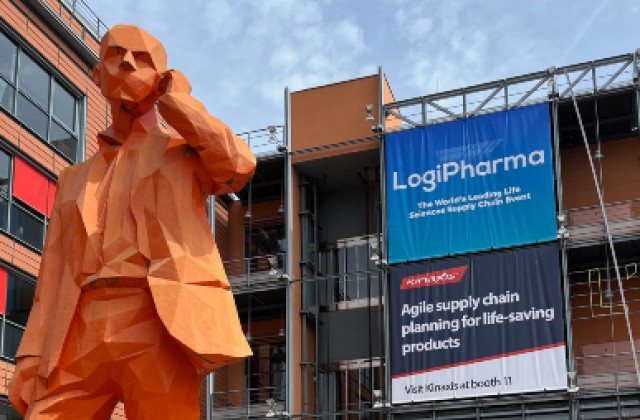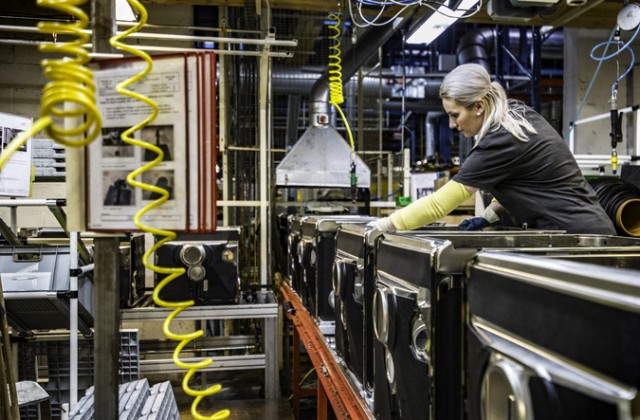 One site going down, one supplier going offline or one major shift in your production schedule can bring manufacturing of a critical component to a screeching halt. The ripple effects down the line can spell chaos for your long-term scheduling. An often global and inelastic supply can only increase the challenge. The pandemic has made the need for resiliency and preparing for “the new normal” all the rage, but in reality, there are all sorts of unplanned events happening every day that organizations need to prepare for. From natural disasters, political uncertainty, increased competition, shifting tariff and duty policies and yes, global health emergencies, the catalog of potential derailments seems to grow. But it shouldn’t require a once-in-a-century pandemic to get manufacturing leaders to circle the wagons and tackle the resiliency challenge. And with the right technology and teams in place, leading organizations are building a supply chain network ready to tackle any challenge.
One site going down, one supplier going offline or one major shift in your production schedule can bring manufacturing of a critical component to a screeching halt. The ripple effects down the line can spell chaos for your long-term scheduling. An often global and inelastic supply can only increase the challenge. The pandemic has made the need for resiliency and preparing for “the new normal” all the rage, but in reality, there are all sorts of unplanned events happening every day that organizations need to prepare for. From natural disasters, political uncertainty, increased competition, shifting tariff and duty policies and yes, global health emergencies, the catalog of potential derailments seems to grow. But it shouldn’t require a once-in-a-century pandemic to get manufacturing leaders to circle the wagons and tackle the resiliency challenge. And with the right technology and teams in place, leading organizations are building a supply chain network ready to tackle any challenge.
Lack of visibility across the organization
It’s hard to operate your supply chain to its fullest potential when the team in Belgium isn’t sure what is going on with the team in Brazil. As organizations grow and globalize, it’s very common to create functional and geographic silos, but that leaves much unknown. With a centralized platform for management, organizations can more effectively utilize resources. For example, what is obsolete stock in one geography could still be relevant in another, allowing the organization to better allocate resources and support the bottom line.
A supplier goes offline
What happens when one of your suppliers’ sites floods after a hurricane, or the tariffs to move components across a border become so high that the cost of doing business is no longer logical? One site going offline can quickly throw a network into chaos, slowing or halting production altogether. With the power of concurrent planning, organizations can plan, monitor and respond to these challenges quickly and collaborate with other suppliers to find a solution. And with scenario analysis, organizations can swiftly determine what options are available for identifying new potential sites to shift production or alter the production schedule to keep business moving forward.
Increased production demand
Demand patterns can vary wildly depending on the type and scope of the disruption and the product in question. Depending on the complexity of the BOM, this may add increased pressure at various points along the supply chain. Accounting for constraints can ratchet up the complexity to an almost overwhelming degree. With a centralized supply chain platform, capacity and materials constraints are made visible at each stage of production, and with flexible modeling, you can test multiple options and prioritize effectively.
The solution: Pulling together a global manufacturing footprint
With the right teams and technology, organizations can gain the visibility, agility and collaboration to weather any storm. Ready to learn more? Check out how Schneider Electric is managing their global supply chain network with Kinaxis.






